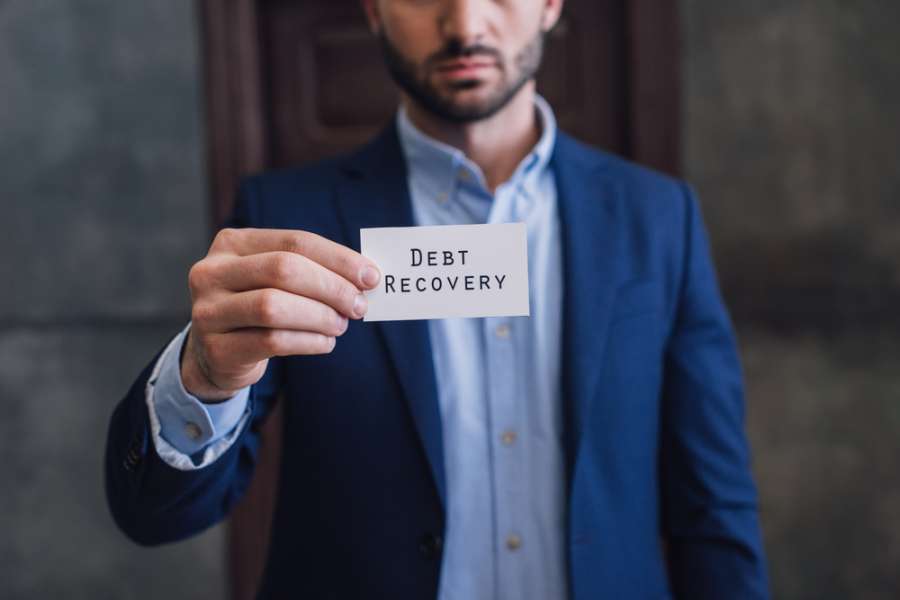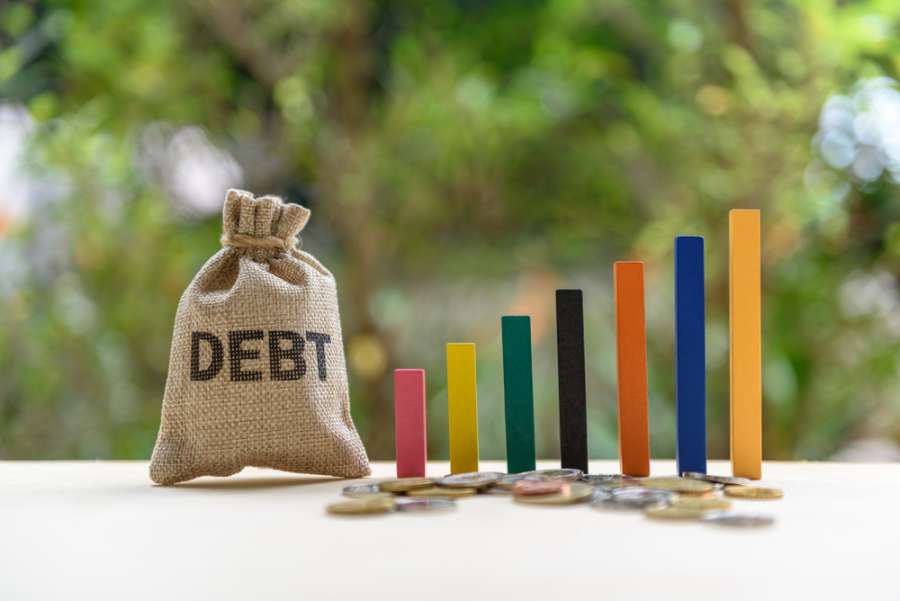Most, if not all, businesses, regardless of the sector in which they operate, are likely to need to pursue an unpaid debt at some point. For most businesses, it is critical that the collection of outstanding debts is managed efficiently to assist cash flow. To do this, businesses need a proper debt recovery process in place and may also need the assistance of a specialist debt recovery solicitor to ensure that debts are paid promptly.
How long do businesses have to collect a debt?
In England and Wales, businesses have six years from the date the payment fell due to pursue the unpaid debt. For example, if payment fell due on 12 August 2022, businesses have until 11 August 2028 to issue court proceedings in relation to the debt.
After this six-year timeframe has elapsed, any claim becomes statute barred, meaning that the debt cannot be pursued. The burden is on business creditors to show that the 6-year time limit has not expired.
If you are not sure if you can pursue your outstanding business debt because of the time period that has elapsed, it is always worth checking with a debt recovery solicitor whether a claim can still be brought.

Is it worth pursuing the debt?
It is always important to consider at the outset whether you have a reasonable chance of recovering the business debt owed to you. This is particularly important so as to ensure that you do not incur legal fees in trying to recover an irrecoverable debt.
Any debts worth less than £10,000 are allocated to the court’s small claims track if court proceedings are issued and then defended. Unfortunately, on the small claims track, only limited costs are recoverable, which can mean it is disproportionate for solicitors to deal with defended small claims track proceedings because the vast majority of the fees you incur with a solicitor are unlikely to be recoverable.
You should be cautious before deciding to write off small debts, particularly if this is likely to set a precedent and encourage debtors who only owe small amounts not to pay.
For larger debts, it is important to ascertain and understand why the debtor has not paid. For example, the debtor may say that the goods you supplied were not of satisfactory quality. Issues like this should be explored before steps are taken to recover the debt.
If the debtor is in financial difficulties, then it may be more sensible to agree on a reduced payment sum with the debtor or try and agree with them on a payment plan for the debt to be paid over time.

Commencing Recovery of Debt
Step 1. Raise an invoice
The debt recovery process should always begin with sending an invoice to your customer. Ideally, you will have already agreed on payment terms with your customer at the outset of the business relationship. An invoice is a request for payment, and invoices should include what is being charged and should also set out the payment terms. Clearly set-out invoices are important from a legal perspective but are also an important part of record-keeping. Businesses will need records of invoices issued to do bookkeeping, tax returns and accounts.
Step 2. Chase payment
If your invoice has not been paid in accordance with your payment terms, you should begin the process of chasing for payment. This will involve telephoning and emailing your customer asking that they pay. Keep records of your telephone calls and emails to your customer, as these are likely to be needed if you need to instruct a debt recovery solicitor to pursue the debt.
Step 3. Credit hold
One way of prompting a customer to pay is to stop doing any more work for them until they have paid the outstanding debt. In many cases, this is likely to solve the problem, particularly if the debtor will suffer if you stop providing your goods or services to them.
Step 4. Letter of demand
If the debtor has ignored your attempts to get the outstanding debt paid, you should consider instructing a specialist debt recovery solicitor to pursue the debt.
The first step any debt recovery solicitor will take will be to send a letter of demand to the debtor. This sets out the amount of money outstanding and how the debt has arisen. In most circumstances, interest and costs can also be added to the outstanding debt. The letter of demand will give the debtor a short timescale to respond.
In cases where the debt is owed by a business, such as a limited company, the debtor is normally given 7 or 14 days to pay the debt or respond as to why they think the debt is not owed. In cases where a sole trader owes the debt, the debtor has to be given 30 days to pay the debt or respond as to why they think the debt is not owed.
The letter of demand is an essential part of the debt recovery process and must be sent prior to the issue of any court proceedings. In our experience, a letter of demand is sometimes all that is needed for a debtor to pay any outstanding sums due to your business, and thus no further action would be required.
Step 5. Issue court proceedings
If the letter of demand is ignored, or the debtor does not provide any proper arguments as to why the debt is not owed, the next step would usually be to issue court proceedings to recover the debt owing.
In any court proceedings, a claim would normally be made for the original invoice amount, interest and costs.
Once drafted, the court proceedings are sent to the court. The court will issue the court proceedings, and the court proceedings are then served on the debtor either by the court or by your solicitor. Once the court proceedings have been served on the debtor, the debtor has 14 days to respond to the court proceedings.
Step 6. Obtaining judgment
If the debtor fails to respond to the court proceedings within the prescribed time limit, you can apply to the court for judgment.
If you obtain judgment against the debtor, the debtor will be ordered to pay a sum of money to you. This will be the amount of the debt plus interest and costs. The debtor will either have to pay immediately or will be given a deadline to pay.
The judgment will be registered on the Register of Judgments. Unless the judgment is paid in full within 30 days, it will have a detrimental impact on the debtor’s credit rating. It will affect their ability to get credit from banks and building societies. If the judgment is paid after the 30-day deadline, the judgment will not be removed from the Register, but it will be marked as “satisfied,” i.e. paid.
Step 7. Enforcing the judgment
Please note that a judgment does not in itself guarantee payment of the debt. It may be necessary to take enforcement action should the debtor not be forthcoming with payment.
There are many enforcement methods available such as:
- If the debtor company has goods of a significant value (for example, machinery, computers or stock), you can instruct bailiffs to seize and sell goods owned by the debtor in order to satisfy the debt. Sometimes even the appearance of bailiffs at the debtor’s premises can elicit payment of the debt.
- Obtaining a third-party debt order whereby you can seize sums owed to the debtor that are in the hands of a third party. For example, monies held in a bank account can be paid to you as opposed to the debtor. This method is useful where there is a supply chain and your judgment debtor is owed money by a company further up the chain.
- Obtaining a charging order over property owned by the debtor with a view to the property then being sold in order for the debt to be repaid. Charging orders can also be obtained over other assets, such as shares, but this is less common.
- Applying for the debtor to be made bankrupt (if a sole trader) or wound up (if it is another type of business such as a limited company). The debtor’s assets are then collected by a trustee in bankruptcy or liquidator and distributed amongst all creditors in accordance with insolvency law. A note of caution: bankruptcy and winding-up proceedings are expensive and time-consuming and may not ultimately lead to any recovery depending on how many assets and debts the debtor has.
Contact Our Business Debt Recovery Solicitors
If you have any questions or would like more information regarding Myerson’s business debt recovery service, you can get in touch with our business debt recovery team below.


